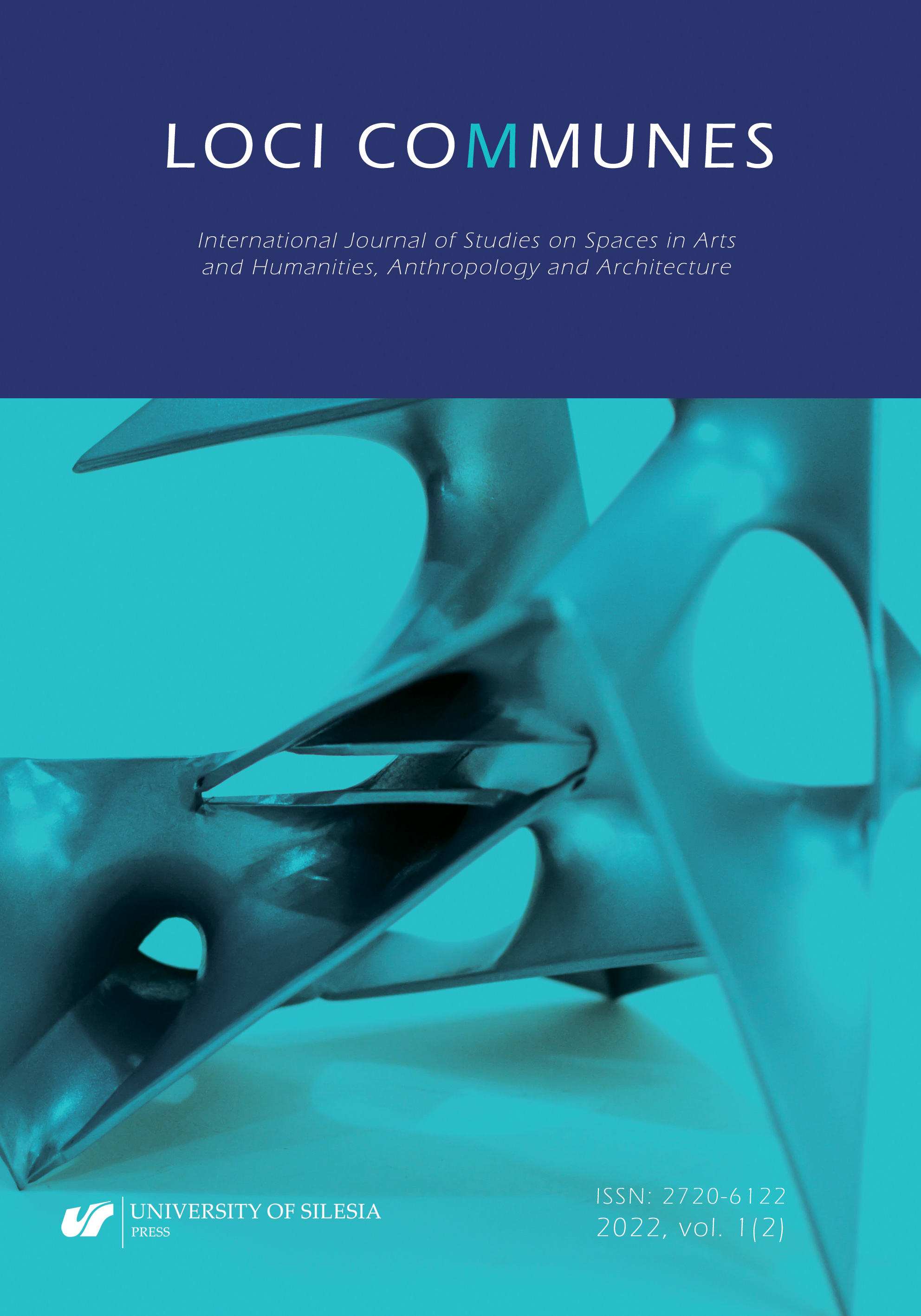

 https://doi.org/10.31261/LC.2022.02.02
https://doi.org/10.31261/LC.2022.02.02
Sounds of the city shape everyday perception; thus, as sounds change, so do our moods and responses to the environments in which we live. This article is part of a discourse trying to recognise the essential role that soundscape design should play in urban planning to improve quality of life experiences. It aims to discuss three tools for creating sonic ruptures in urban environments: translating ambiance, biophilic sound design, and more-than-human listening. The three tools are related to the sonic rupture concept, introduced as a form of soundscape design focused on improving the quality of life for urban dwellers and creating new possible approaches for urban design. Translating ambiance leverages ambiance theory to explore the prospects of translating the affective qualities of the natural world into cities. The biophilic sound design tool combines biophilic design and field recording practices to discover innovative ways to bring the sounds of nature into
the city. The more-than-human listening tool explores the possible recordings that multi-microphone arrays can make in natural environments that, while impossible to hear with the human ear, can be integrated into urban installations. In combination, this suite of tools presents new ways of thinking about the roles artistic
research can play in urban soundscape design as a means to expand the range of human experience – and thus the quality of life – in urban environments. The nature term, as used here, refers to those expanses of land free of urban development that present unique sonic experiences and expressions to the artistic researcher, which can be applied to urban design. The described approach has been tested in the creation of the Sonic Gathering Place, an installation that integrates the three post-sonic rupture tools, which will be touched on briefly in this paper.

Vol. 1 No. 2 (2022)
Published: 2024-06-21
 10.31261/LC
10.31261/LC